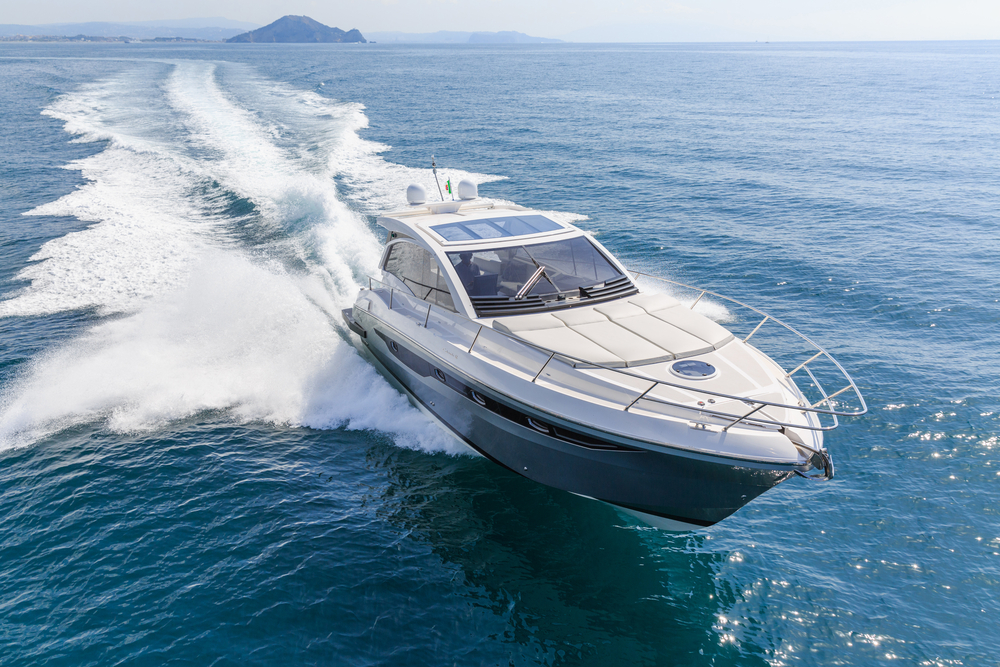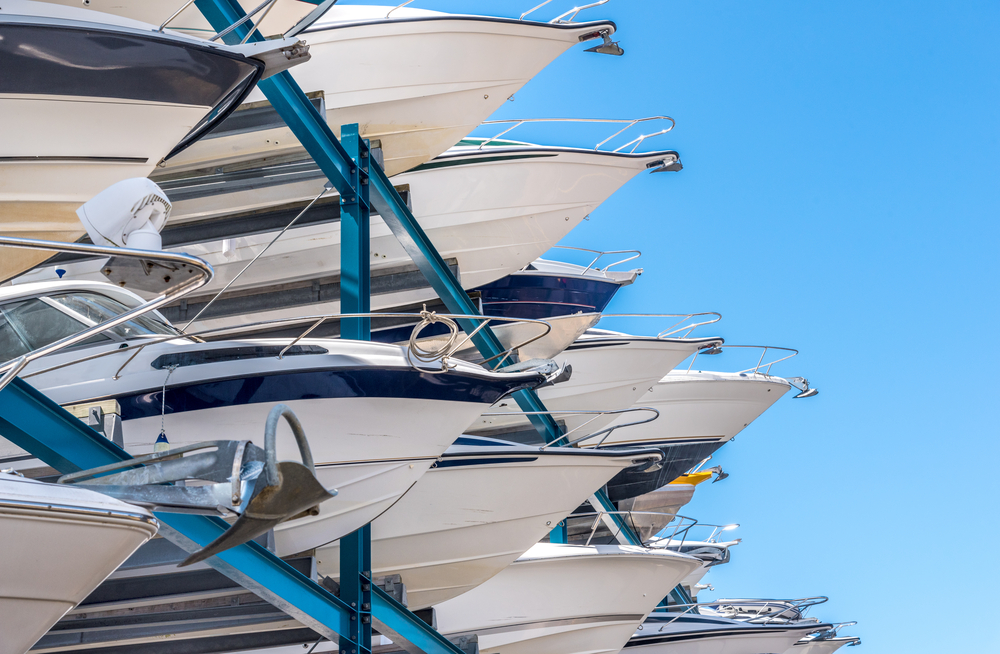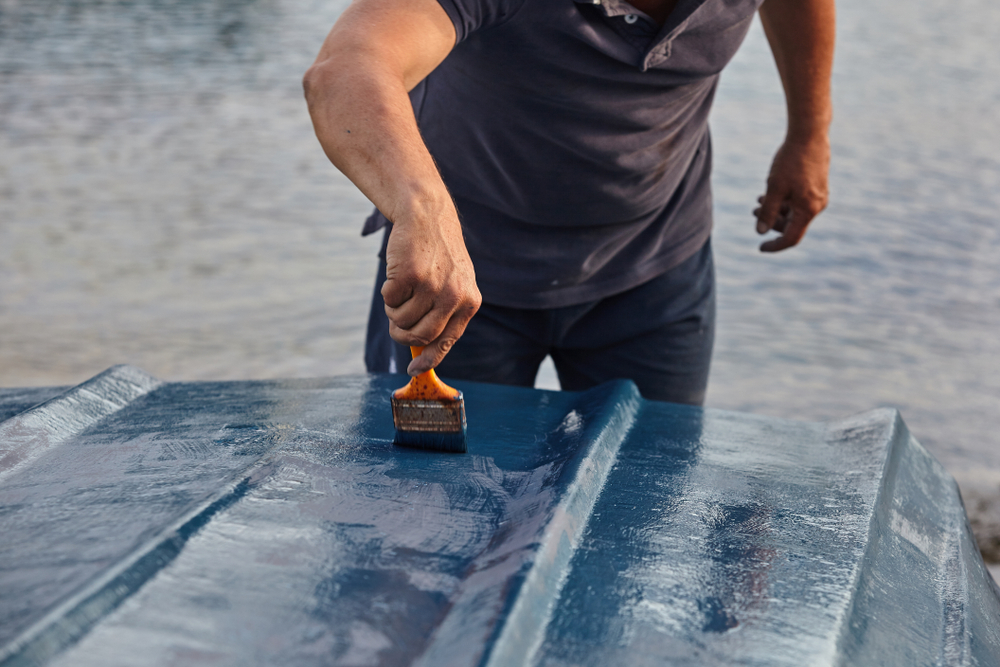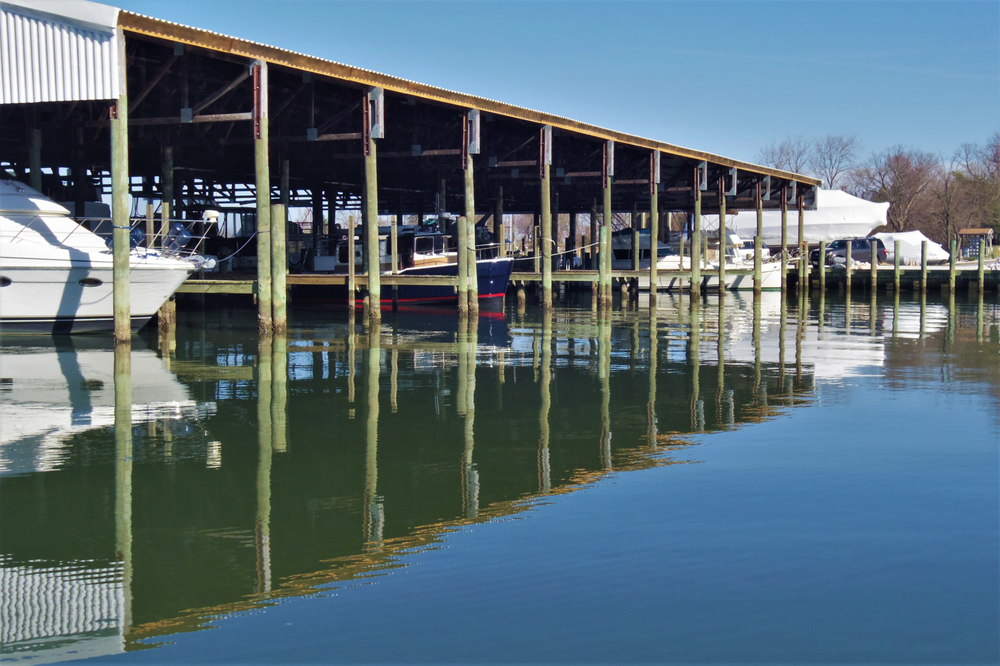
If you’re the proud new owner of a boat, congratulations! As you’ll soon find out, boating is one of the most enjoyable, fun, and exciting experiences you can have! As a new boat owner, however, you probably have many questions about what to do when storing your boat. For example, what’s the difference between regular and dry boat storage, and which one is best for you? To help you make the best decision possible, Southern Self Storage put together the following info-filled article. Read on to discover the main differences between regular and dry boat storage to choose the best fit for your needs!
The Difference Between Regular and Dry Boat Storage
Regular vs Dry Boat Storage
Boat storage refers to a facility where you can safely and securely store your boat when it’s not in use (assuming you can’t store it at your home). However, there are two distinctly different types of boat storage: regular and dry. Below, we’ll look at the similarities, differences, and advantages and disadvantages between the two.
Regular Boat Storage
Regular boat storage is usually referred to as “wet” storage. The storage entails leaving your boat in the water, whether salt or fresh, at a marina. The benefit of regular boat storage is that when you want to use your boat, it’s already in the water, and you can be out fishing, boating, or skiing in a lot less time.
The main drawback to regular boat storage is that if you use your boat in saltwater, you’ll need to use antifouling paint every year to prevent barnacles. Also, whether salt or freshwater, a boat in regular (wet) storage is subject to the wear and tear of weather, falling debris, storms, rust, corrosion, leaking, sinking, etc.
Dry Boat Storage

Dry boat storage is when your boat is stored out of the water. This can be on the boat’s trailer or in a large boat rack if your marina is equipped. The benefits of dry boat storage are that your boat will be much better protected from salt and freshwater, and since the driest storage is indoors, it will be protected from inclement weather. Also the chances of leaking and sinking will be reduced, and antifouling paint might not be needed.
The main drawback to dry boat storage is that, in some cases, it costs significantly more. Also, depending on the day you choose to use your boat, it could take a good chunk of time for the marina to take your boat down and put it into the water for you. (Weekends at a popular marina can be hectic.)
A Note about Antifouling Boat Paint

Antifouling boat paint is a specialized type that prevents barnacles from sticking to and growing on the bottom of your boat. This type of paint will be necessary if you use your boat in saltwater and keep it in regular (wet) storage.
Antifouling paint does have several drawbacks. First, it isn’t good for the environment. Second, you need to put on a new coat of paint every season, which, after several years, can lead to a lot of extra weight, reducing the efficiency and speed of your boat.
One of the main reasons people are starting to use dry storage more is because antifouling paint, frankly, sucks. It’s expensive, messy, and adds an extra, time-consuming task to your boating experience every season.
Seasonal Boat Storage Solutions
Depending on where you live, you might need seasonal boat storage, especially if you can’t keep your boat inside your garage or in your driveway due to HOA or other restrictions.
Most seasonal boat storage is dry storage on a marina’s rack system or your boat’s trailer in a fenced storage facility. Southern Self Storage has parking spaces and garage units where you can store your boat on its trailer.
Depending on the size of your boat, you can store it inside a storage unit where it will be exceptionally well protected from the elements, including the sun’s UV rays, rain, snow, sleet, and hail.
Long Term Storage vs Short term Storage

There’s very little difference between long-term and short-term boat storage besides the time you store your boat. One thing to note, however, is that some storage facilities only offer a 1-year lease. At Southern Self Storage, we only offer month-to-month leases. If you want to store your boat for a month, 2 months, or 3 months, you can do it without getting locked into a long-term contract.
Boat Maintenance Tips
Whether you store your boat in regular or dry storage, maintaining it is important. Below is a quick list of pro boat maintenance tips to help you do that.
- Clean and wax your boat regularly.
- Get your boat’s engine maintained by a professional mechanic.
- Inspect your entire boat before and after each use.
- Check and clean your boat’s battery(s) regularly.
- Using a boat trailer, cover the tires with tire covers when stored outside.
- Have your boat professionally shrink-wrapped for winter storage.
- Store your boat in a well-ventilated place to prevent mold and mildew.
- Use a dehumidifier to reduce humidity if you store your boat indoors.
- After every adventure, ensure your boat and boating equipment are allowed to dry thoroughly. (Two or three hours in the sun should do the trick.)
Last Words about the Difference Between Regular and Dry Boat Storage
As we’ve seen, there are several differences between regular and dry boat storage. We hope the info we provided has explained those differences well and given you the data you need to choose where and how to store your boat.
At Southern Self Storage, you can store a boat outside in a protected parking space or inside one of our storage units (depending on the size of your boat and the facility). Storing a boat with Southern is easy, safe, secure, and affordable. You can easily reserve boat storage online with Southern in minutes. Until next time, have a fantastic time on your new boat and enjoy making memories that will last a lifetime!
